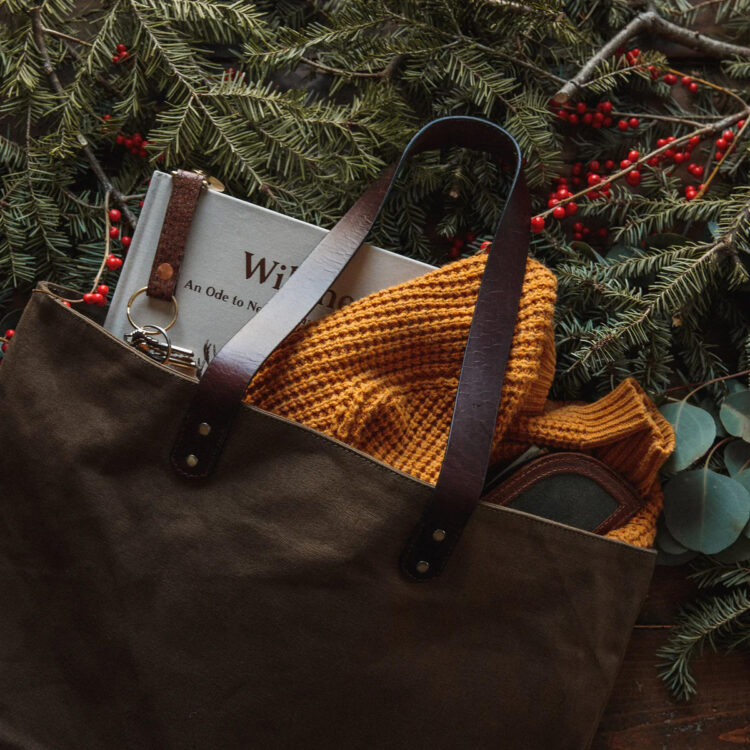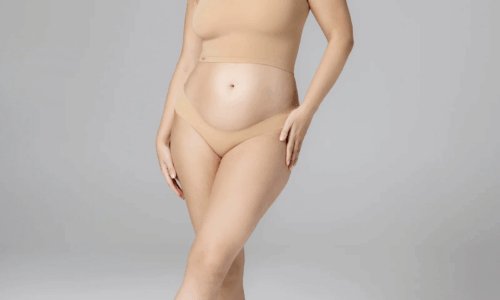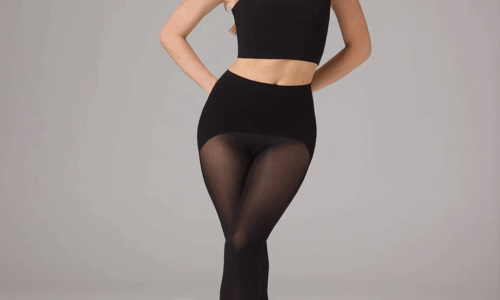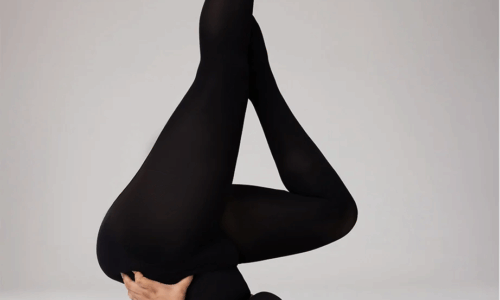In the world of branding and design, “sustainability” is the buzzword that’s shouted from every rooftop, printed on every label, and slapped on every Instagram post. But sustainability alone doesn’t tell the full story. Because let’s be real: buying something “eco-friendly” is only as good as how long that thing sticks around. The true test? Durability. The secret sauce to actual sustainability is making products that don’t quit, that survive the daily grind, and refuse to become landfill fodder after a few uses.
So what’s the difference? And how do you spot brands that aren’t just greenwashing but are genuinely building for the long haul? Let’s break it down—and we’ll pull in Rogue Industries as a prime example of a brand obsessed with durability that pushes longevity far beyond trendy buzzwords.
The Sustainability Hype: Green Is the New Black
First off, sustainability is a big umbrella. It covers everything from eco-friendly materials and ethical sourcing to reduced carbon footprints and waste minimization. That’s great! The problem is, in a world where everyone wants a green halo, “sustainable” gets tossed around so loosely it risks becoming meaningless. You’ve seen it — “100% recycled,” “biodegradable,” or “carbon-neutral” slapped on products that barely last a season.
But here’s the catch: a product made of recycled plastic that breaks after three uses is not sustainable. It’s just a short-lived green cover-up for planned obsolescence. To truly walk the talk of sustainability, you need to consider the full product life cycle—and that includes durability.
Durability: The Unsung Hero of Sustainability
Durability means building things that last. That’s not just about tough materials — it’s about smart design, quality craftsmanship, and an attitude that rejects the “throwaway culture.” When products endure years of wear and tear, you don’t have to replace them as often, which means less waste, fewer resources consumed, and less environmental impact.
This is where brands like Rogue Industries really stand out. They don’t just chase the latest eco buzzwords — they focus relentlessly on creating gear and accessories designed to withstand chaos, adventure, and daily abuse. Their products embrace ruggedness with no apologies, made to survive everything from urban scrapes to wild weekends.
Rogue Industries: Durability Done Right
Take Rogue Industries’ approach as a blueprint for durability in action. Instead of polishing every edge to a shiny gloss or using delicate materials that look good on the shelf, they opt for raw, resilient materials and designs that prioritize function over flash.
The philosophy is simple: make it so tough it lasts. Imperfections? Bring ’em on. Scratches and dents aren’t failures — they’re battle scars that tell a story. This kind of “built-to-break” mindset flips traditional product design on its head. Instead of fearing wear and tear, it’s embraced and even designed for.
This strategy naturally reduces the need for frequent replacements. The products are not a seasonal fling; they are a long-term partner. And that longevity reduces environmental impact in a way that no green label alone can.
Longevity As A Lifestyle Choice
Durability also empowers consumers to make smarter choices. When you invest in a product that’s designed to outlast the trends and the trash heap, you’re saying no to the endless cycle of buy-use-dispose. You’re also rejecting the guilt that comes with fast fashion and disposable goods.
Brands that prioritize durability encourage this mindset by educating customers on how to care for and repair their gear — extending life even further. It’s a full-circle relationship between maker and user, built on respect for the product and the planet.
The Real Sustainability Challenge: Rethink Consumption
If durability is the backbone of real sustainability, then the next step is changing how we consume. Buying fewer, better-made things — rather than endless piles of “green” products — is the real game-changer.
Rogue Industries embodies this challenge by encouraging thoughtful consumption. Their gear isn’t about impulse buys or flashy trends. It’s about purposeful investment. When you buy a Rogue product, you’re committing to quality and longevity, not just a momentary eco-trend.
How to Spot True Durability (Hint: It’s Not Always Obvious)
So, how do you tell if a brand really means durable and sustainable — or if it’s just greenwashing?
- Material Choices: Are they using materials known for longevity (like heavy-duty canvas, robust metals, or thick leather) rather than flimsy, cheap synthetics dressed up as “eco-friendly”?
- Design Philosophy: Does the product design prioritize repairability, modularity, or timeless style over disposable trends?
- Brand Transparency: Is the brand upfront about manufacturing processes, product testing, and longevity guarantees?
- User Experience: Do users report their products lasting years, or falling apart after a few uses?
Rogue Industries ticks those boxes with flying colors — and they’re proof that durable design can be rugged, functional, and yes, even cool.
Final Thought: Sustainability Isn’t Just a Label — It’s a Commitment
At the end of the day, sustainability without durability is like a promise without follow-through. Brands chasing eco buzzwords may grab attention, but the ones that build for the long haul are the real game-changers.
So next time you shop, think beyond the label. Look for products that can survive your life’s chaos, not just greenwashed packaging. Because true sustainability? It’s not just about what the product is made of. It’s about how long it sticks around.
And if you want a sneak peek at what that looks like in real life, check out Rogue Industries — where durability isn’t a buzzword, it’s a lifestyle.
sustainability vs durability, product longevity, durable design, sustainable products, Rogue Industries, eco-friendly gear, rugged products, built to last, sustainable consumption, durable fashion, greenwashing, responsible purchasing, repairable products, quality craftsmanship, sustainable lifestyle, lasting gear, conscious consumerism, urban survival gear, functional design, eco-conscious brands




